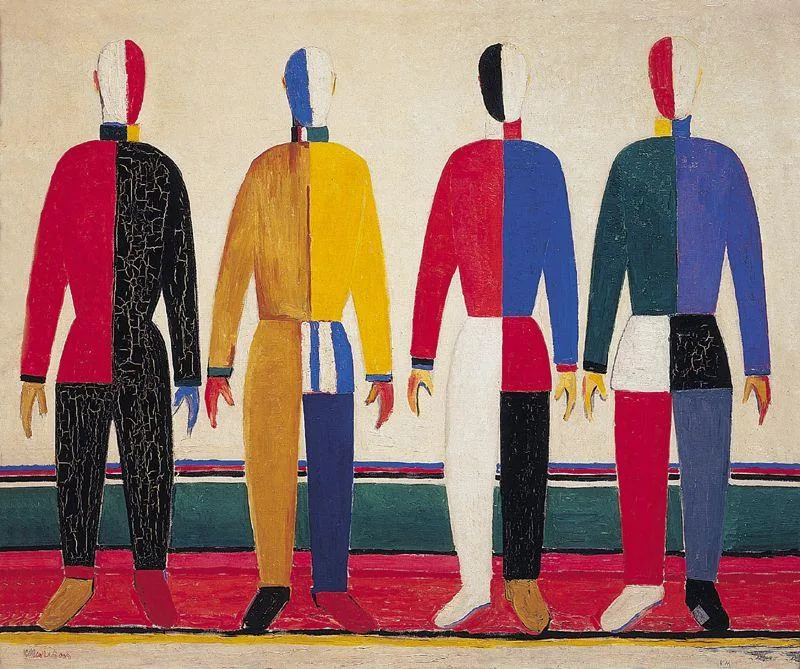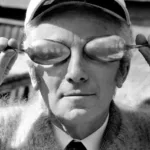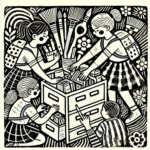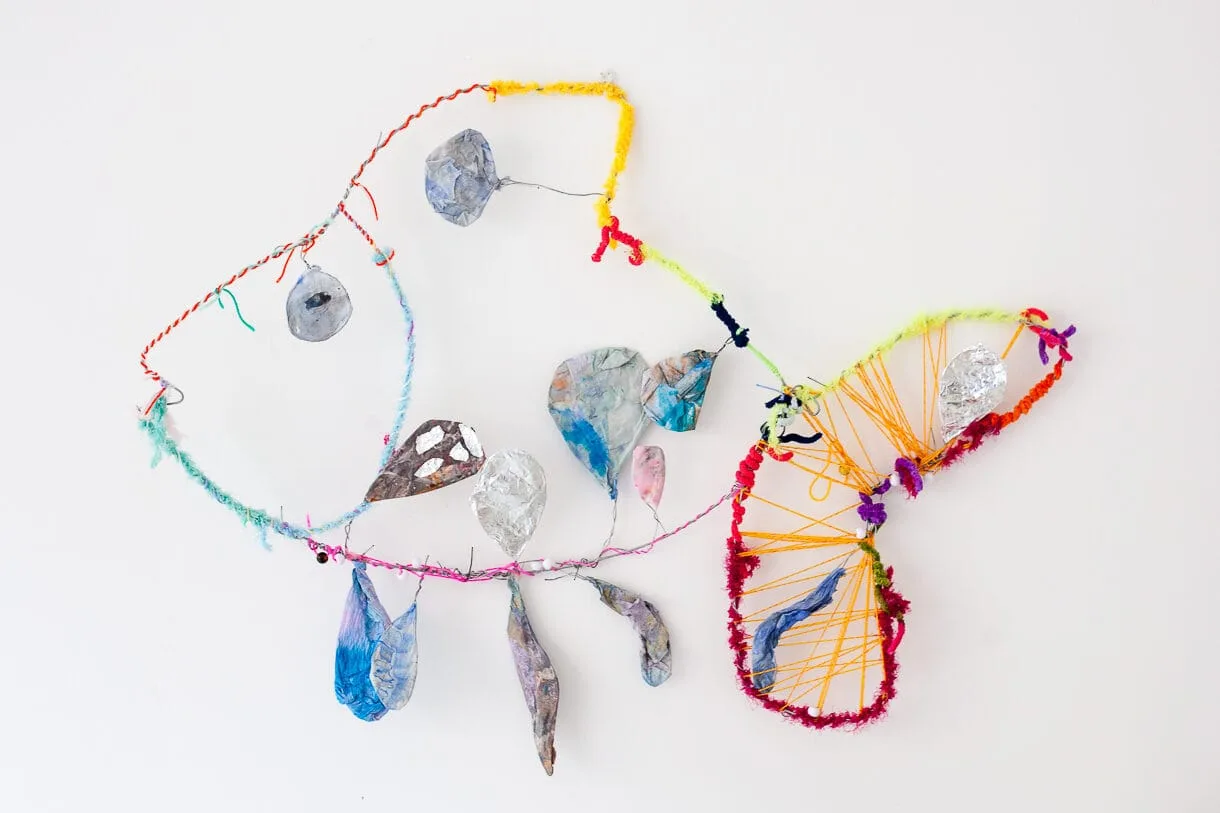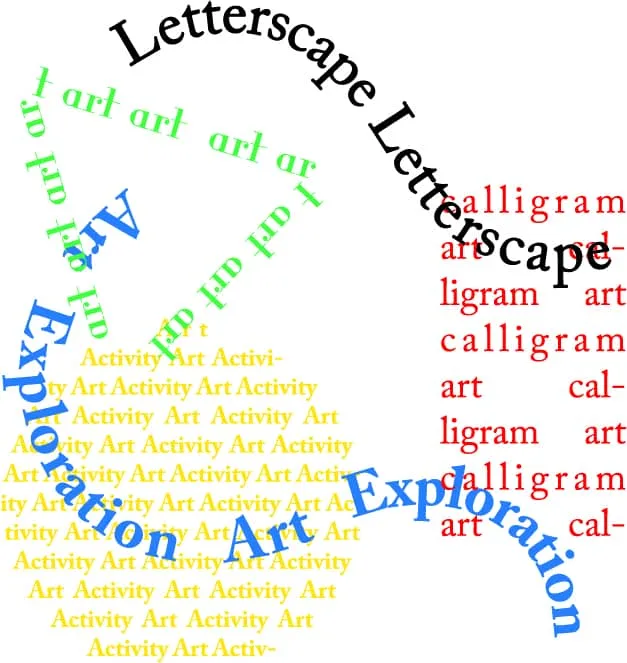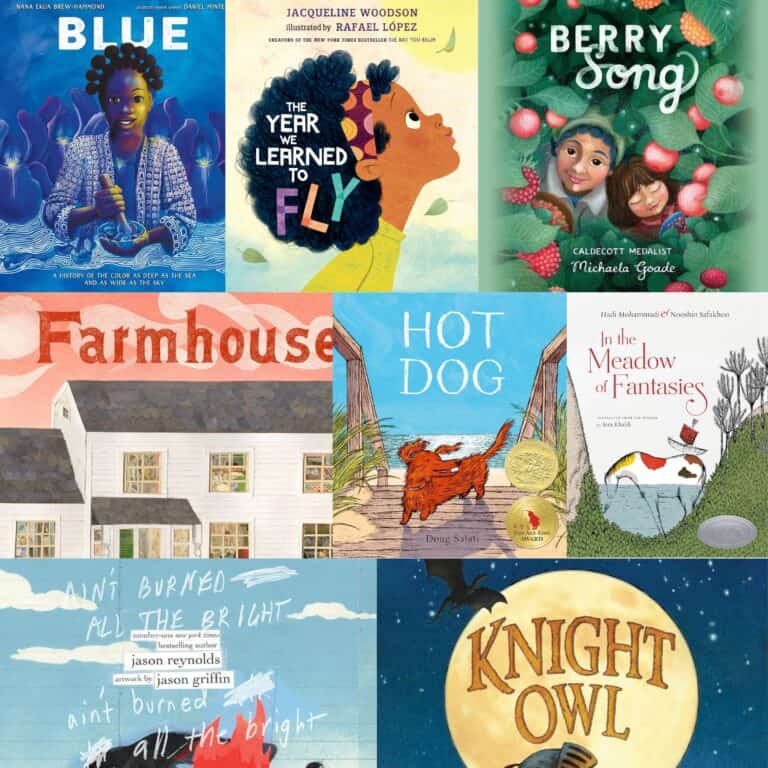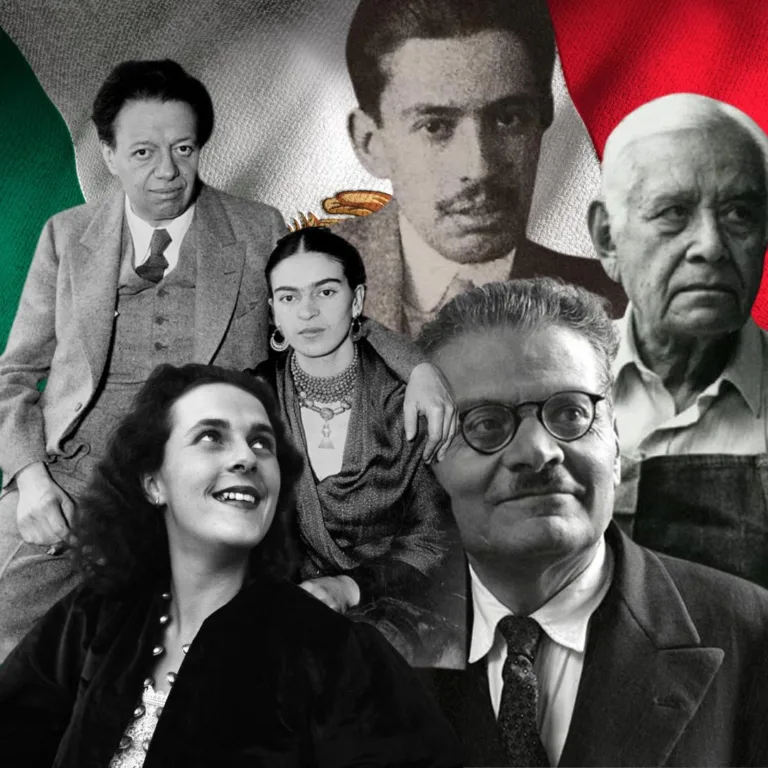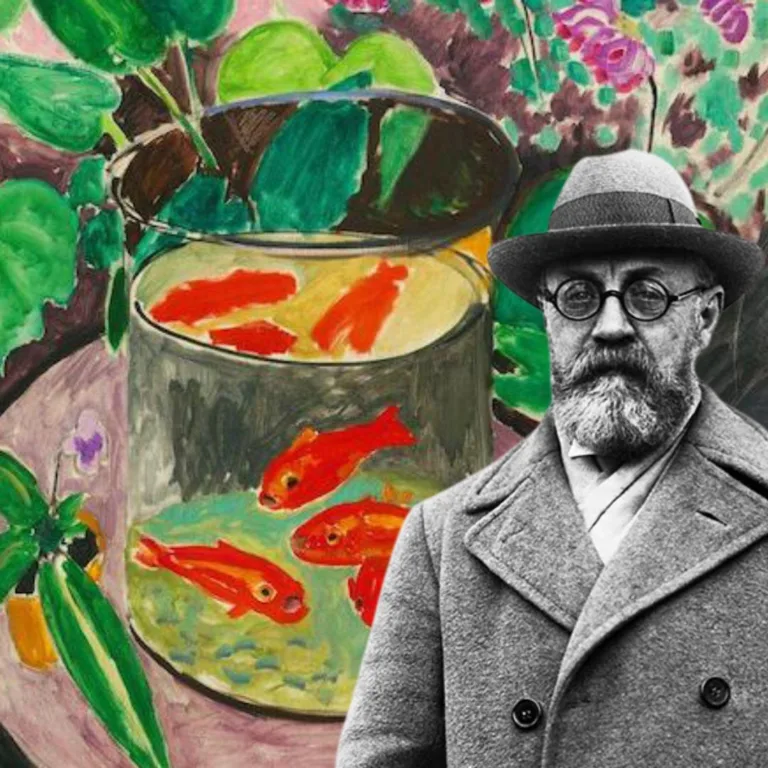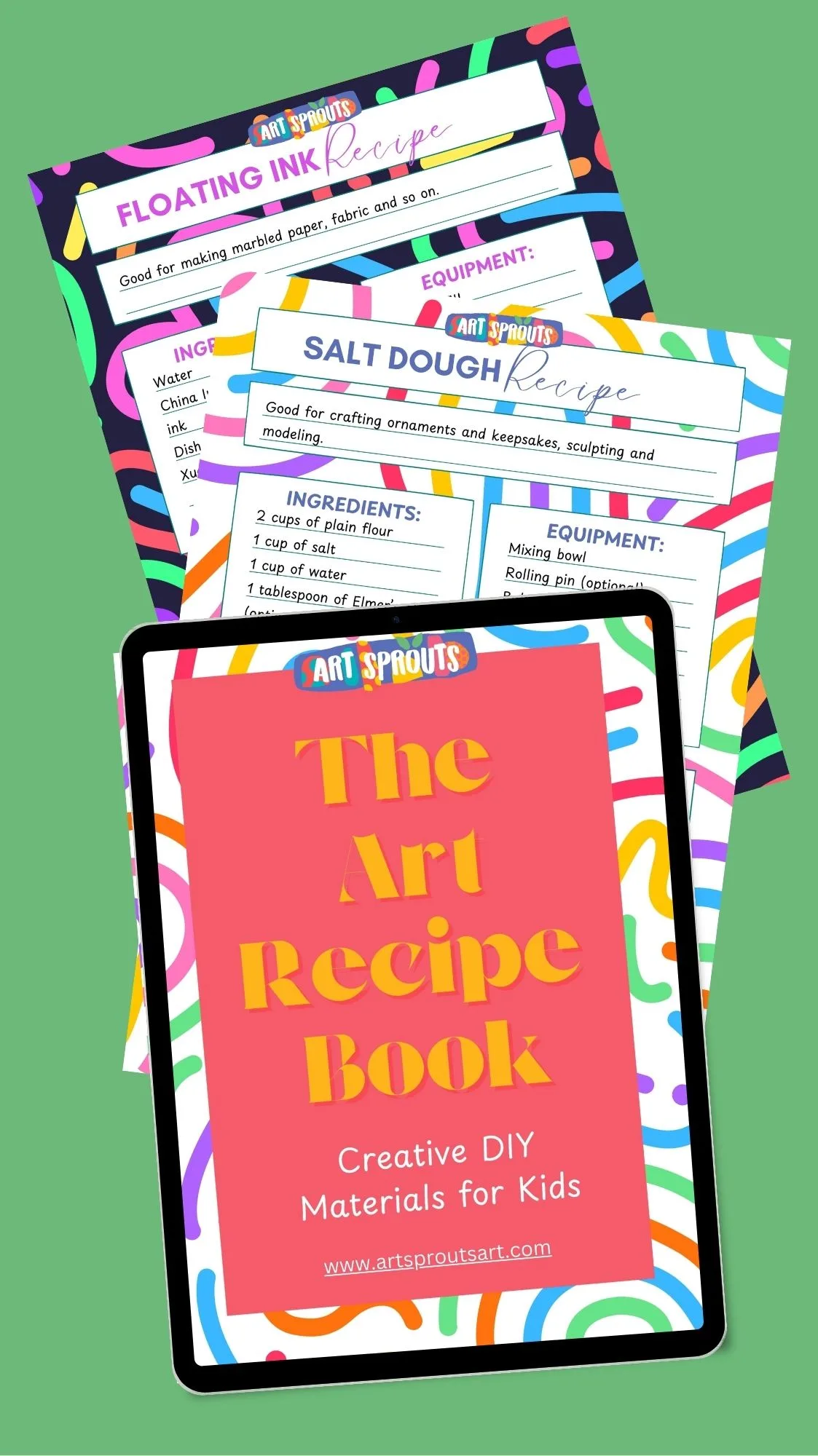How to Master Lesson Plan Design: Strategies for Creating Engaging Art Classes
“To complicate is simple, to simplify is difficult.” – Bruno Munari
Have you ever kicked off a class by asking a seemingly trivial question like, “What color is the snow?” Simple questions like these can open up a world of discovery.
In this post, we’ll walk through my process for designing lesson plans that are not just fun but also rich with connections to history and culture. We’ll cover everything from setting clear objectives to adding creative activities and extensions to keep kids engaged.
Plus, I’ll share some of my go-to resources, like the invaluable MoMA courses on Coursera and a few must-read books that have shaped my teaching style and philosophy.

Ready to give your lesson plans a creative boost? Let’s get started!
You may also be interested in:
- Is Reggio Emilia the Same as Montessori? A Personal Experience
- What is the Reggio Emilia Approach? | Intro to Reggio Emilia Teaching for Parents and Teachers
Initial Research and Ideation
My process starts with getting familiar with the content, which most often begins with reading and web searching. This part of the process is about exploring different perspectives and ideas, and it’s where I start to think about potential multidisciplinary connections that could expand the lesson or spark children’s interest. While this stage can sometimes be quick, it often takes hours or even days, depending on the depth of the topic and the resources available. It isn’t just about preparation—it’s about making sure that when I present the material, it’s engaging and relatable for the students.
This preparatory stage not only equips me with the knowledge to deliver engaging content but also prepares me to guide potential topic expansions based on the children’s curiosity. This approach helps me respond effectively to their inquisitive nature without disrupting their flow of discovery. By being well-prepared, I can facilitate a learning environment where students feel supported in their exploration and encouraged to ask questions, enabling a dynamic and interactive classroom experience.
One of the core strategies I employ in developing lessons is using artworks as gateways to broader discussions. This approach, which aligns with the ‘big idea’ curriculum, creates a dynamic learning environment where students can make connections across various subjects. It’s a strategy that not only improves their critical thinking but also deepens their understanding of art’s role within societal and historical contexts. By integrating diverse topics through art, we promote a comprehensive approach to education that resonates deeply with students, turning each lesson into an engaging exploration of the past and its ongoing influence. As detailed in the Winter Landscape Art Projects lesson, this method exemplifies my research and teaching approach, where art serves as both a mirror and a window to the world.

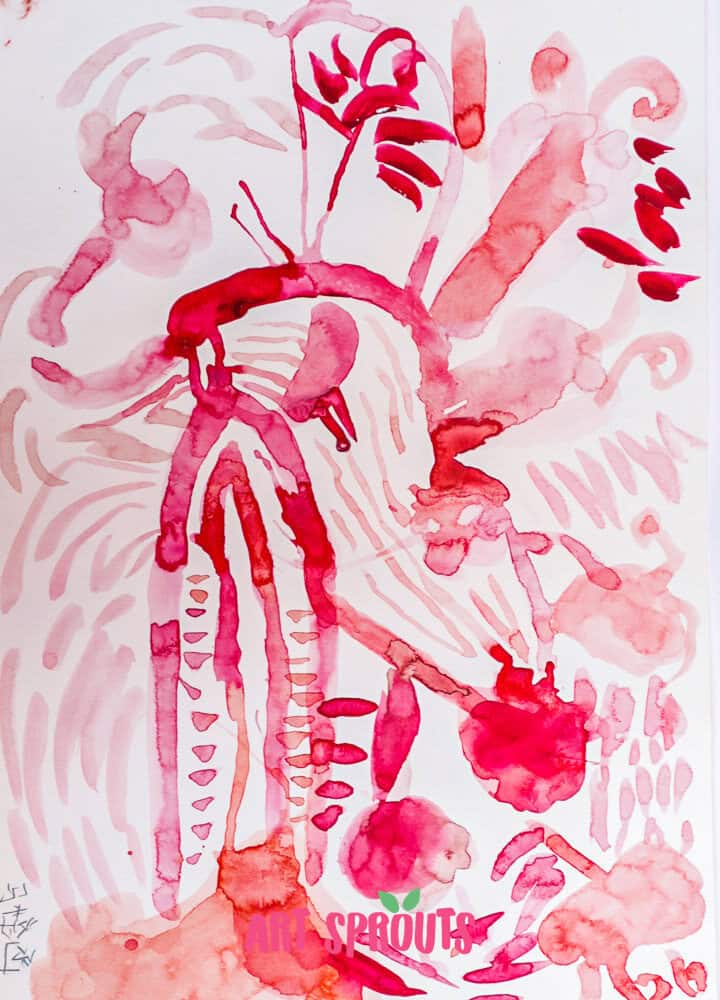
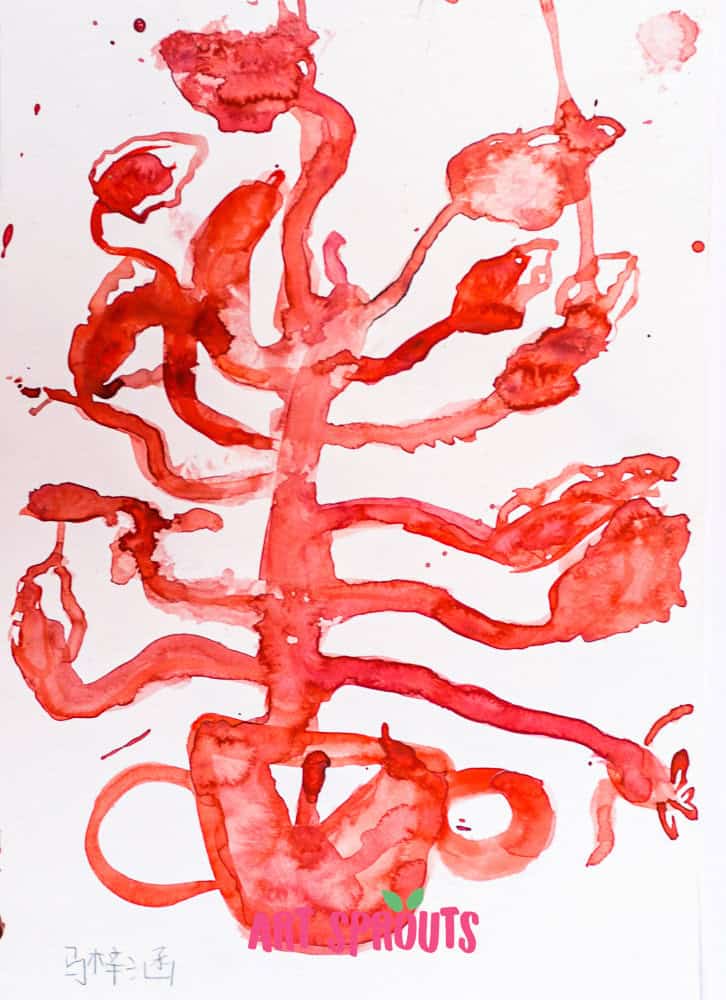
Setting Clear Objectives
Another crucial aspect of lesson planning is setting clear, actionable learning objectives. These objectives serve as the guiding principles for every decision, from selecting materials to choosing instructional strategies. Let’s take, for example, my lesson plan “What Color is the Snow?” The primary goal of this lesson was to explore the impressionist use of color, specifically how Monet depicted the nuances of white in snowy landscapes. The detailed objectives for this lesson were:
- Color Description and Perception: Students learn to describe and understand colors in terms of shades and temperature, focusing on how light and environment affect color perception.
- Texture and Materiality Exploration: The activity introduces students to the concept of texture in art, emphasizing visual and tactile experiences and how these elements influence color and form.
- Understanding Dimensionality: Students explore two-dimensionality and three-dimensionality in art, learning how artists manipulate these aspects through texture, light, and material.
- Art, Light, and Environment Interaction: Students see how environmental and lighting conditions can influence the creation and perception of art, particularly in monochrome compositions.

This structured approach turned a seemingly simple question—what is the color of the snow?—into a comprehensive exploration of color, shades, light, and their effects. By starting the lesson with this straightforward query, the children were encouraged to think beyond conventional answers and delve into a deeper, more analytical examination of their surroundings. This method prompted them to evaluate different possibilities and explore answers creatively, leading to a richer and more engaging learning experience.
Such an inquiry-based approach does more than teach facts; it sparks curiosity and prompts students to make their own observations and connections, effectively turning the classroom into a laboratory for exploration and discovery. In this environment, I strive to serve not just as an instructor who imparts predetermined information but as a guide who accompanies the students on their journey. This role involves facilitating discussions, encouraging critical thinking, and helping students to articulate their thoughts and understanding.
The beauty of using art to explore such questions lies in its ability to open up various discussions about perception, context, and interpretation. These explorations are enriched by the student’s own experiences and insights, making each discussion unique and each outcome reflective of a diverse group of young minds.
Ultimately, this approach enhances learning and fosters an inclusive educational environment where every student feels valued and capable of contributing to the conversation. As a guide, I am there to steer the exploration, ensuring that while the journey may start with a simple question, it unfolds into a rich, comprehensive learning experience that stays with the students long after they’ve left the classroom. This is the power of art education: it is not just about learning to create but also about using creation as a means to learn and connect with the world.

Engagement and Interactivity
My approach to teaching is deeply influenced by the philosophies of active engagement, a concept echoed in Munari’s labs and highlighted in MOMA courses. As many educators, including Maria Montessori, have emphasized, children learn most effectively when they engage all their senses, which significantly enhances their ability to retain information.
While Munari notably advocated for the tactile experience, encouraging children to touch and manipulate with their hands, it’s possible to extend this philosophy to include movement of the entire body. This holistic engagement strategy not only captivates the students’ attention but also helps them to retain information by activating multiple forms of sensory input. An example of this approach in action is inspired by an activity I learned about through MOMA’s course. In the course, the museum’s guide would lead children in interacting with Mondrian’s “Broadway Boogie Woogie” by assigning a different gesture—such as clapping, snapping fingers, or tapping feet— to each color. This allowed kids to “read” or, even better, “play” the painting like a music sheet, an amazing way to make visible the ryhtm hidden within Mondrian’s New York paintings. As a result, this simple activity doesn’t just teach about art; it makes the art feel alive and relevant.
In my own classes, I like to focus on a key takeaway that I think is essential for the children to grasp, which is also reflected in the lesson objectives. It is impossible for children to retain every piece of information, so it is vital to focus on one primary concept while allowing other details to enhance the narrative and pique different interests. This approach aligns beautifully with the Reggio and Montessori philosophies, where education is seen as a guided exploration rather than a strict transmission of knowledge. Teachers are facilitators who provide the tools and frameworks for children to discover and learn in a way that feels natural and engaging to them.
Such an open-ended, exploratory method accommodates various learning styles and empowers children to pursue their curiosities within a structured framework. It respects their capabilities and encourages autonomy while ensuring that the educational goals of the activity are met effectively and joyfully.
Designing the Activity
When planning the activities for a lesson, it’s crucial to keep things straightforward. The main aim is to ensure that each activity aligns well with the lesson’s objectives. If there’s a mismatch, the activity often needs to be revised. It’s easy to get caught up in the fun of creating the activity or focus too much on the visual quality of the final piece. However, the real success of an activity lies in how effectively it meets the educational goals, not just in how good it looks.
As you design, consider constraints like available time, age groups, materials, and the learning environment. The goal is to devise engaging experiences that are not resource-intensive yet enrich the student’s understanding of the concepts being taught. By maintaining a clear focus on the educational purpose, you will ensure that each activity is meaningful and impactful, genuinely enhancing the students’ learning experience.
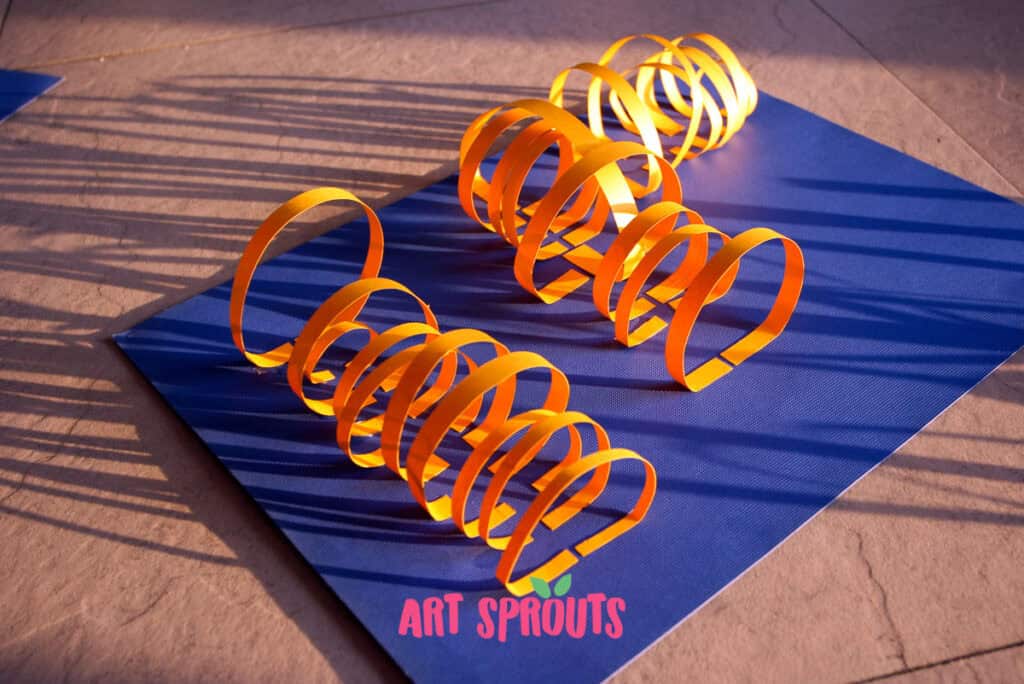
Making Learning Visible
Documentation and Reflection
Drawing from the Reggio Emilia and Montessori teaching philosophies, I like to emphasize the visibility of the learning process through careful documentation and reflection. This method entails recording each step of the educational journey, allowing students to track their progress and deeply understand and articulate their learning experiences.
Students may document their learning through a variety of methods: completing a comprehensive art project, creating a detailed panel that outlines their learning journey, or preparing their own presentations and recordings. This documentation not only serves as a reflection tool but also helps students deeply internalize their educational experiences.
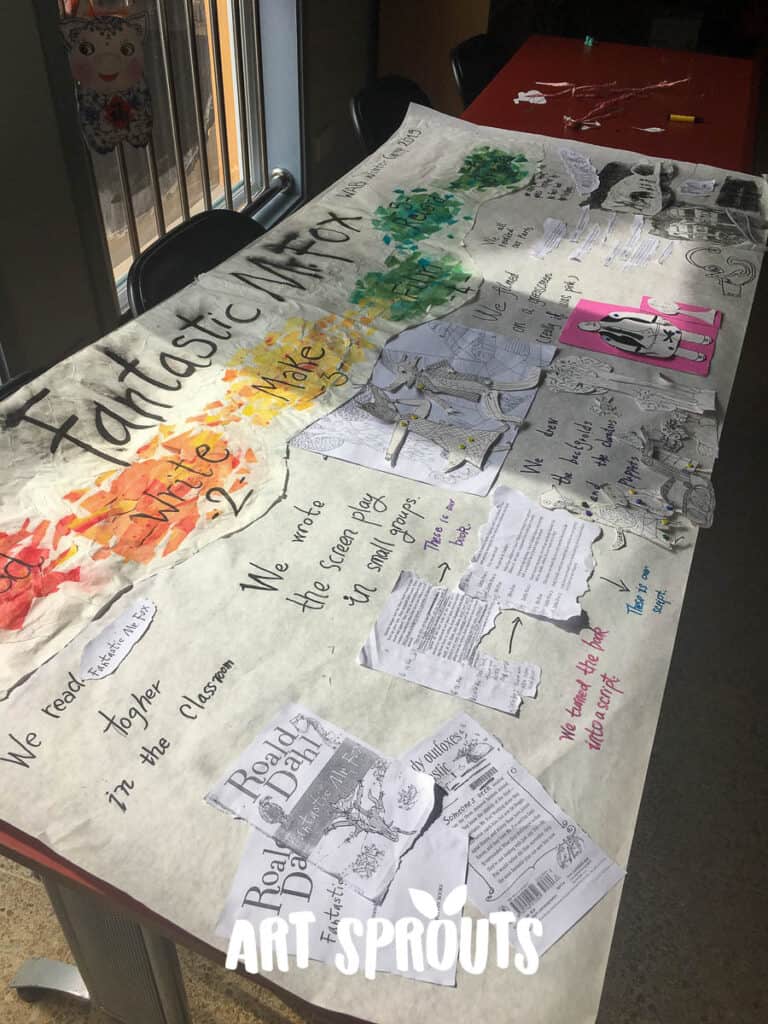
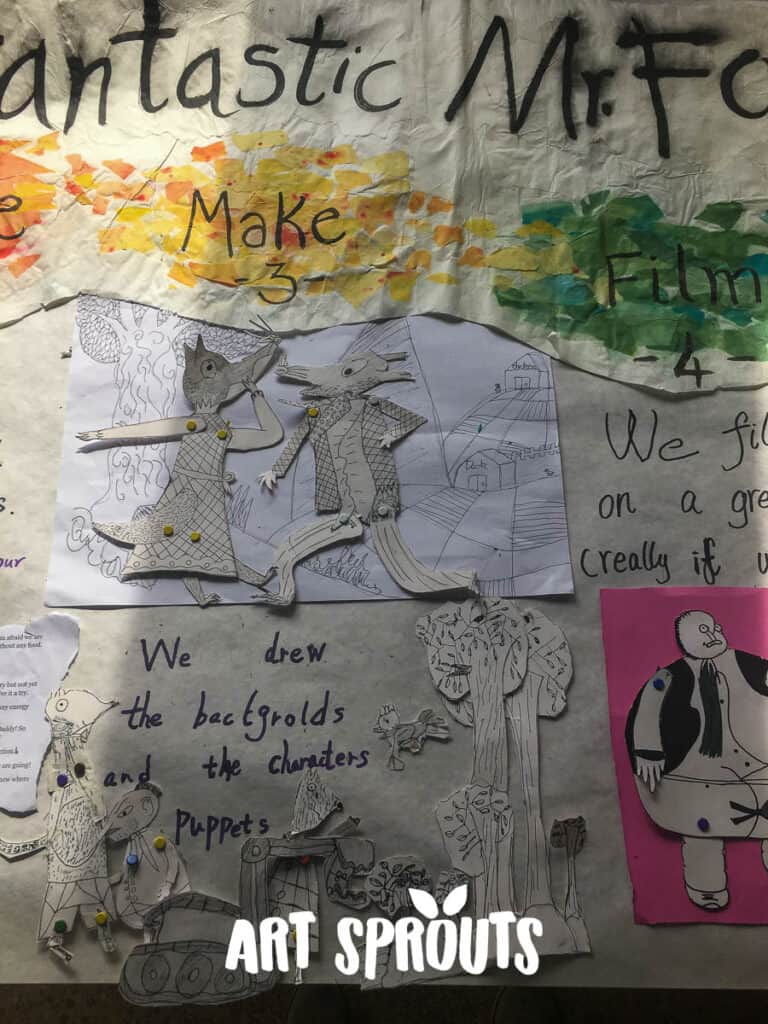
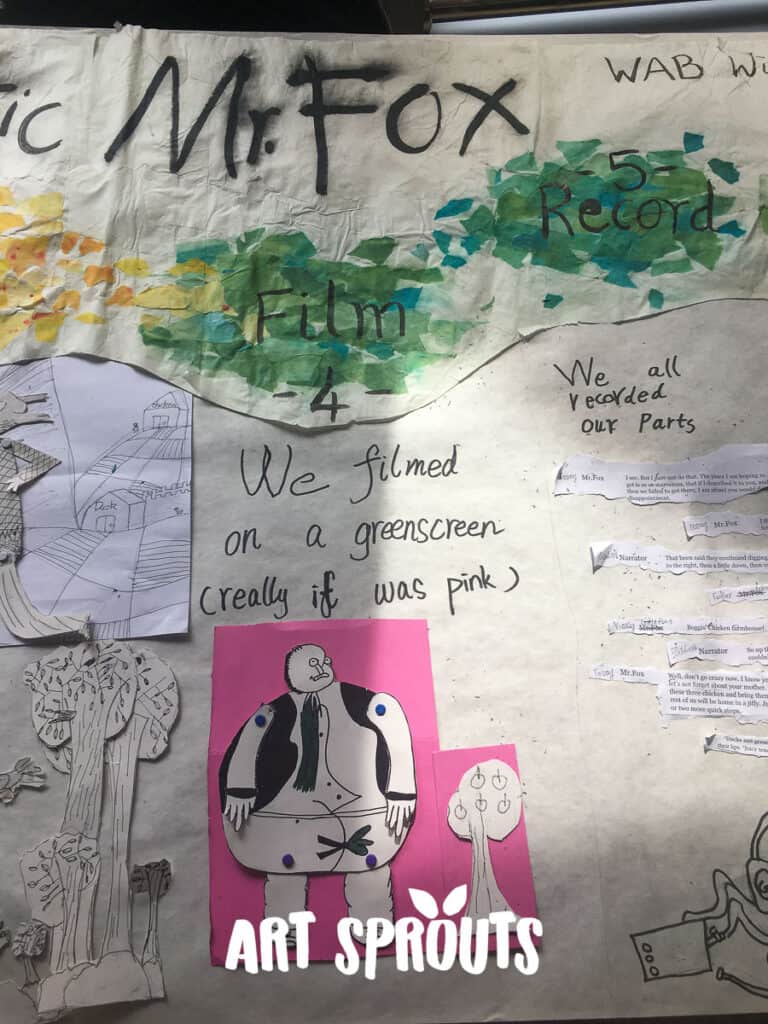
Final Projects and Presentations
Final projects and presentations play a pivotal role as they act as tangible evidence of the student’s learning process. Encouraging students to independently research and present their findings to their peers, parents, or the entire school does more than reinforce their knowledge—it boosts their confidence and improves their communication skills.
Such demonstrations are powerful because they convert theoretical knowledge into practical, observable results, highlighting the students’ creativity and depth of understanding.
Include a Glossary
Incorporating a glossary into my lessons significantly enhances understanding and vocabulary development, particularly when complex terms are involved.
Explaining complex ideas to children involves more than just using simpler words. It’s about enhancing their vocabulary so they can express their thoughts and ask questions more effectively. By enriching their language, we empower them to articulate their insights with clarity and engage more deeply with new concepts.


What’s next?
Take Your Teaching Further with Coursera: Are you ready to expand your knowledge and skills? Explore the wonderful free courses available on Coursera, taught by some of the world’s most prestigious institutions.
Join me and countless others in enriching our teaching methods on Coursera.
Stay Connected: Don’t miss out on any updates or exclusive content! Subscribe to my mailing list for the latest insights and tips right in your inbox.
Subscribe and become part of our growing community.
Share Your Journey: Have you tried implementing any of the ideas discussed here in your own classroom? I would love to see your lesson plans and activities in action. Share your experiences by leaving a comment below or by tagging me on Instagram @art_sprouts_art. Let’s inspire and learn from each other in this vibrant community of creative educators!

